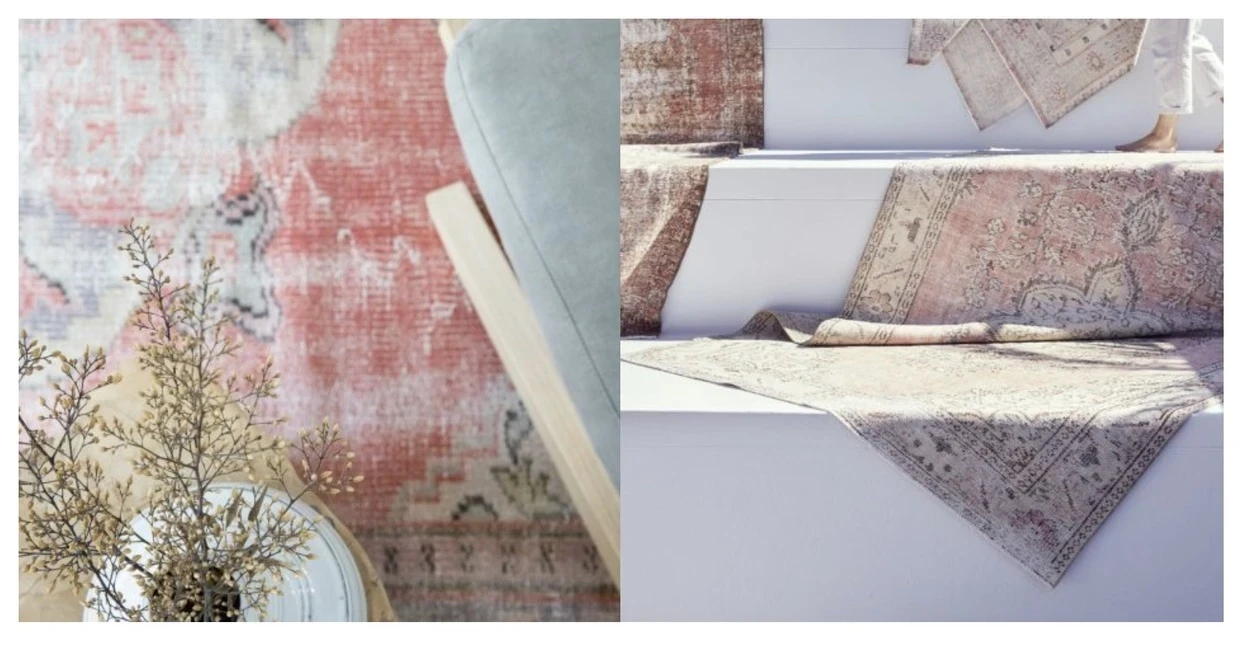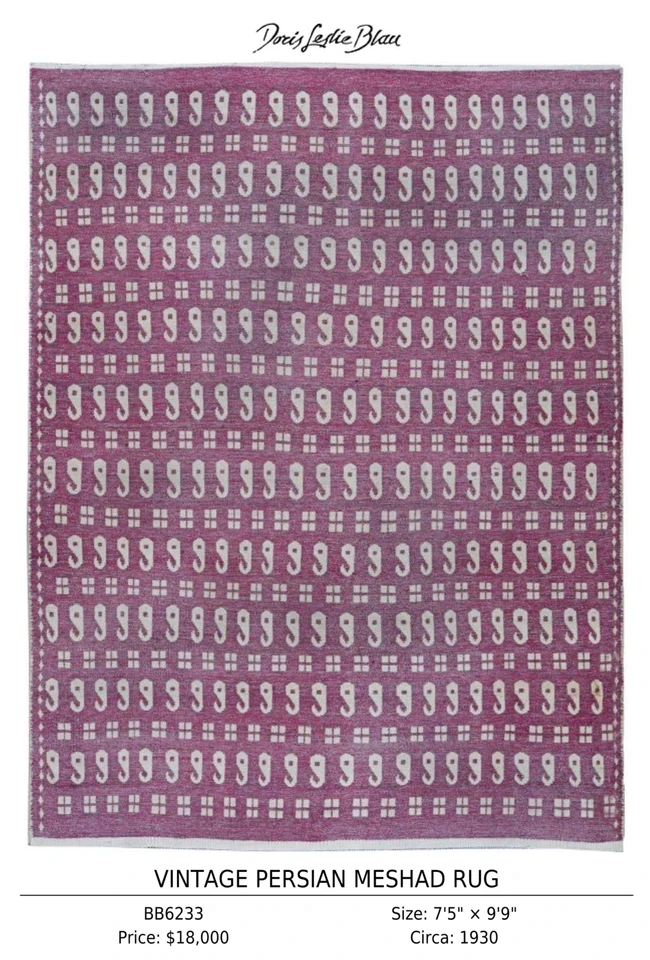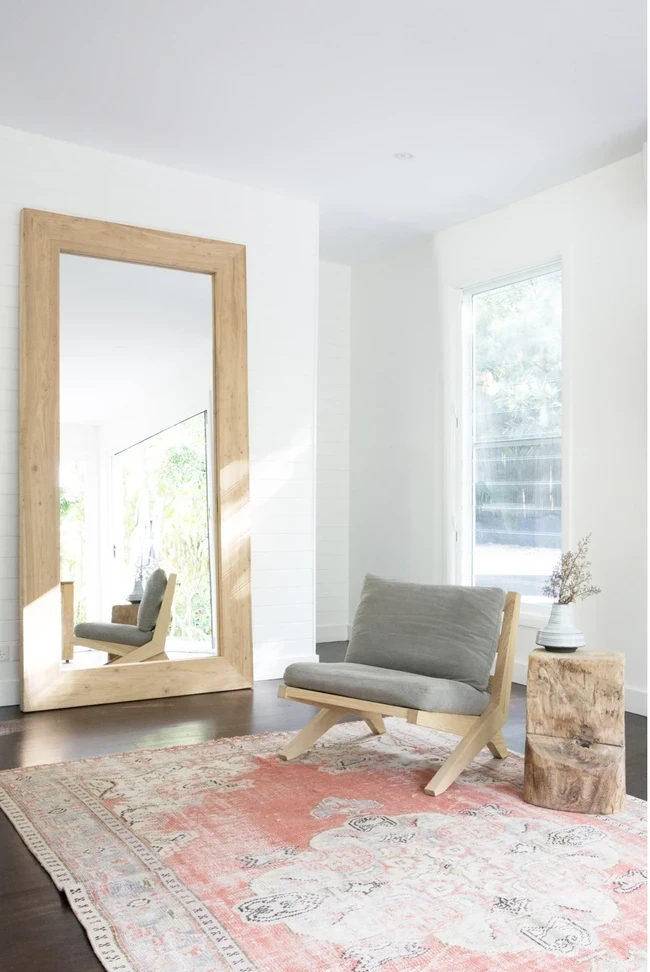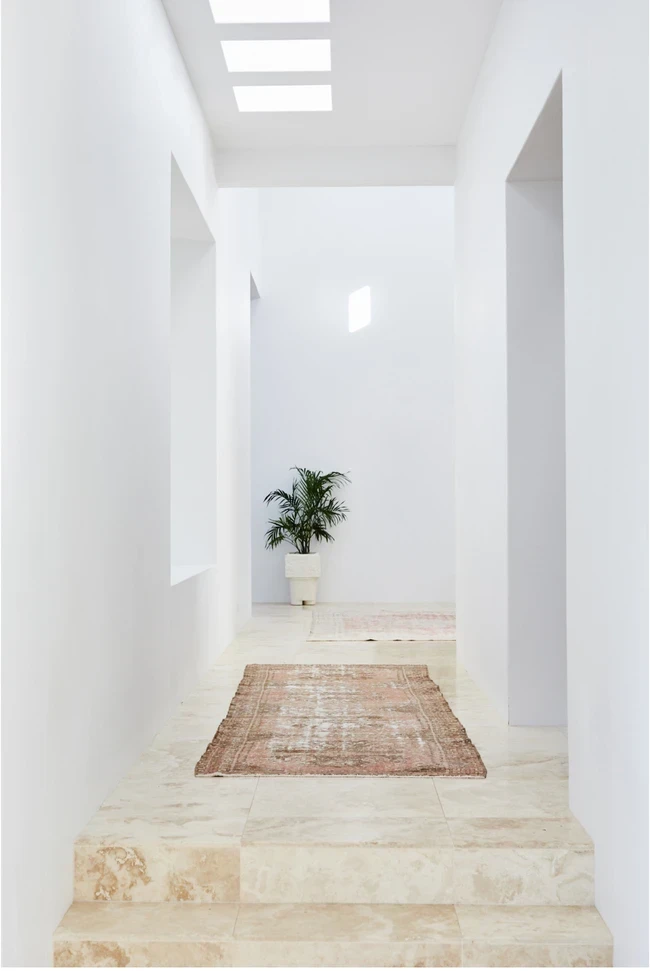Return of the Persian Rug

If you could travel back to Persia (in what is today modern-day Iran) in the year 1880, you may very well glimpse the same stunning rug as you’d see while strolling through a restored midcentury modern manse in the exclusive Bird Streets area of the Hollywood Hills. Or, you just might find the heirloom piece you’ve been seeking through the Manhattan rug boutique of Doris Leslie Blau, whose online gallery currently features hundreds of Persian rugs, some dating back more than 150 years and ranging up to $150,000 for the most intricately woven, pedigreed and well-preserved specimens.

Persian rugs date back to about 484 BC. The oldest known Persian-style rug, from the fifth century BC, was discovered frozen on the Altai Mountains in Siberia in 1949. And while you may not be able to own it, thanks to its status as an archaeological treasure and its placement at the State Hermitage Museum in St. Petersburg, Russia, the availability of finely crafted Persian rugs today matches current enthusiasm among collectors, connoisseurs, designers and high-end homeowners. What was once borne of necessity and practicality, to provide insulation underfoot for nomadic tribesmen, is today prized as a design staple, and Persian rugs are again in high demand.
Blau predicted that Persian rugs would make their return to the top of flooring trends this year, thanks in part to the current impact of bold floral prints, which are “the absolute core of the traditional oriental rug art,” she says on her blog. “A magnificent antique Persian rug with rich millefleur, pomegranates, cypresses, palmettes or the tree of life motif unquestionably deserves 10 out of 10 in that category.”
Nader Bolour, owner of the Doris Leslie Blau gallery — one of the experts we sought to weigh in on the movement toward incorporating Persian rugs into today’s luxury interiors — expounded for the Coldwell Banker Global Luxury® blog. The trend is “widespread,” says Bolour. “Especially for the more expensive Persian rugs, there will be a higher demand.”

Part of that demand is tied to a desire among homeowners to showcase authentic, hand-crafted pieces, says Danielle McEwan, owner of Tigmi Trading, curator of bespoke handwoven rugs from Morocco and around the world. “There is a real trend to move away from the mass-produced and toward the handmade. We are seeing a genuine appreciation for supporting traditional methods of production and the unique and intricate nature of artisan rugs. I think we are also moving away from the minimalist look within our homes and questioning what exactly we want and how we want to feel within our homes. A rug is one of the first, and largest, elements that will really ground and transform a space.”

Color is also a driver, with the traditional palette appealing to “clients [who] are looking for more colorful, warmer interiors that a Persian rug supports,” says Bolour. Many of these rugs feature hues that are symbolic, with “traditional meanings commonly attributed to the standard colors used” in Persian rugs and “common themes [that] emerge from the mists of history and still inform color choices for designs today,” according to Oregon, Arizona and California-based NW Rugs & Furniture. “Red invoked happiness, joy, luck, courage, wealth and a vibrant life force. Blue symbolized solitude, honesty, power or the afterlife. Brown was the color of fertility, a reminder of earth and soil. Yellow suggested the sun and came to be associated with, and often reserved for, royalty and rulers. White could mean purity and peace or mourning and grief. Black was forceful, could edge into destructive and was typically used for outlines and borders, to define a precise design.”
However, modern color schemes featuring saturated jewel tones and vintage looks that bring in “faded” blues and pinks are also in demand. “I think there is definitely a trend of sorts with either bright pinks or indigo blues both being popular choices; however, soft neutrals are always good sellers for their versatility and timelessness,” says McEwan.

Persian rugs are also experiencing a resurgence thanks to a continued blurring of the lines between what is apropos for traditional or modern interiors. “Previously, Persian rugs were only considered to be used in traditional environments; however, we love to show that you can add beautiful traditional rugs to a modern environment — they can add so much warmth and depth to a space,” says McEwan.
Bolour cautions, however, against force-fitting a Persian rug into a space where it just doesn’t work and offers some advice for choosing the right rug.
“Persian rugs cannot fit into all settings; every rug has to be judged individually,” he says.
“However, to generalize, some rooms cannot take central medallions that are sometimes in Persian rugs. For modern spaces, don’t use rugs with too much color contrast. Always work with a reputable dealer, and, when you fall in love, buy it.”

Indeed, when it comes to buying a Persian rug, whether a vintage piece or a high-end reproduction — another trend, per Bolour, who says, “There are fine reproductions of Persian rugs being made in India and China that are in high demand — the connection needs to be there. And so does the quality, especially because these items don’t just have the ability to transform a space, but also transcend time, given the number of years some have already been around and the future that awaits.”
“First and foremost, there needs to be a connection. These pieces are investments that will be passed through generations and that’s part of their beauty,” says McEwan. “Once you have fallen, then it’s really about ensuring the size is what you are looking for and, of course, ensuring that there are no faults with the weave.”